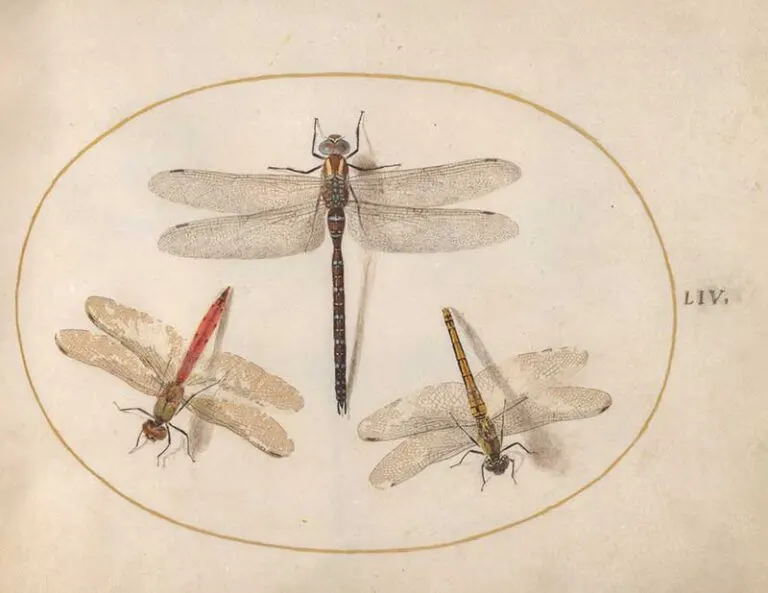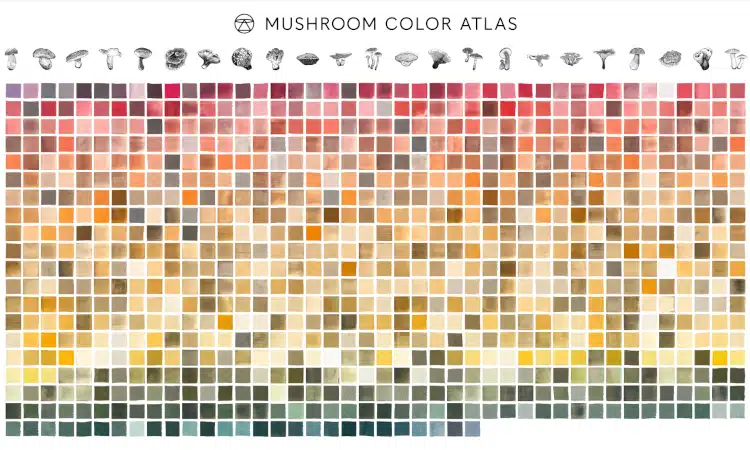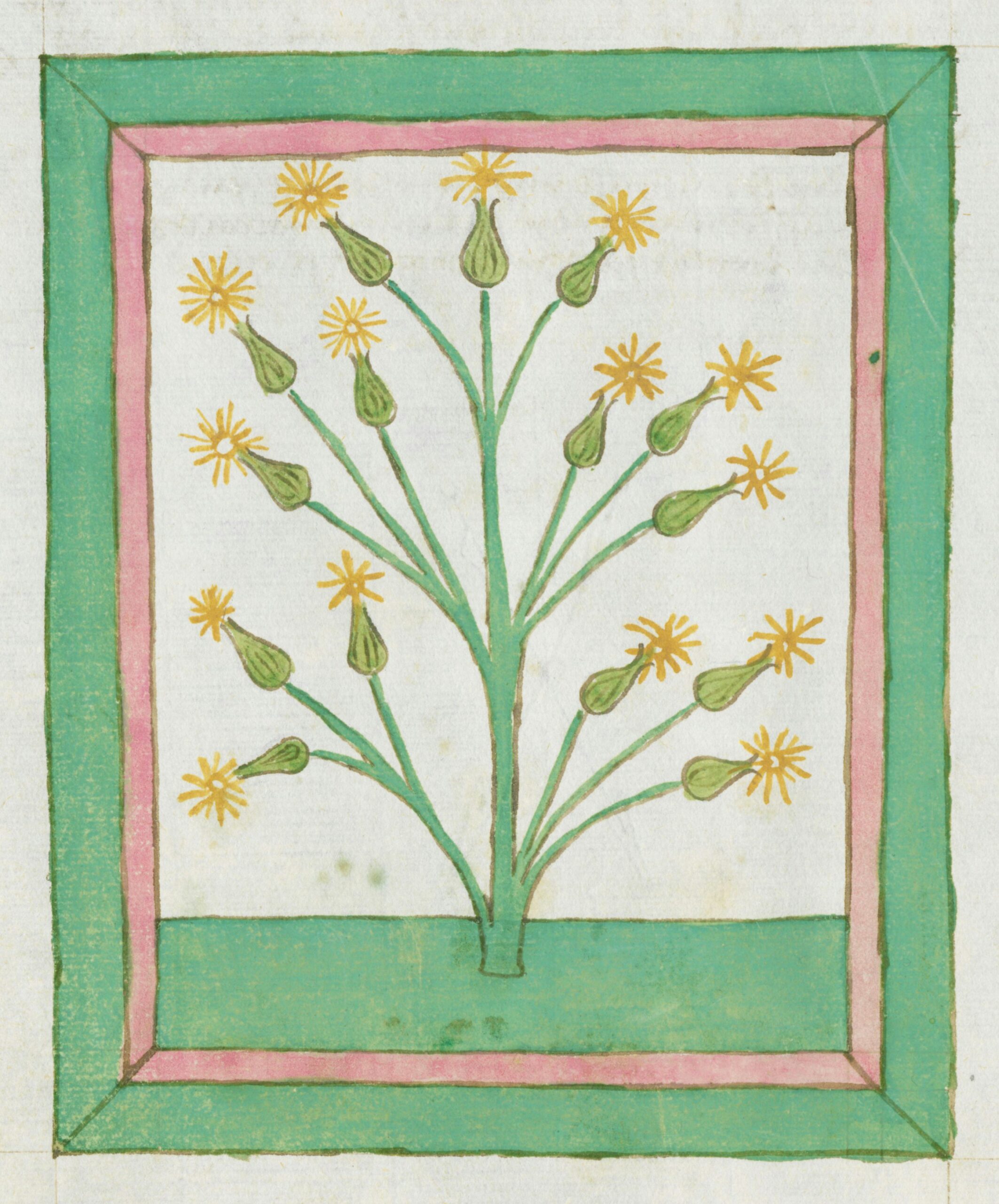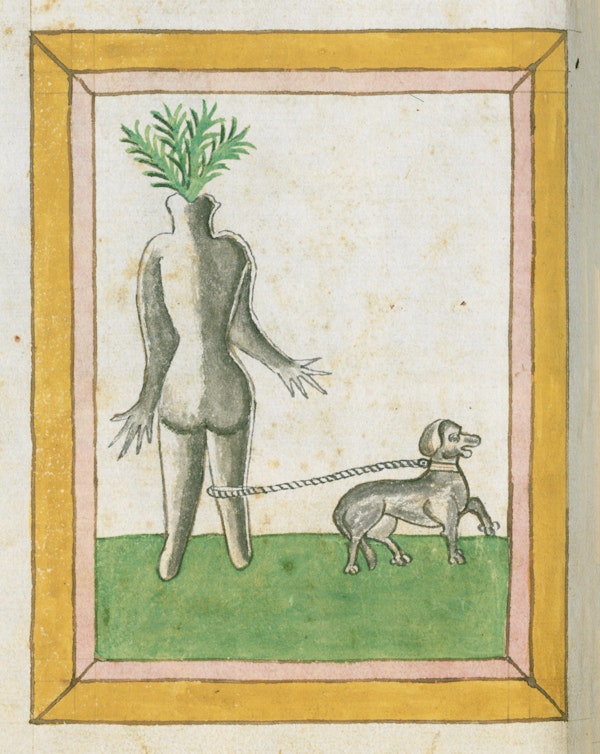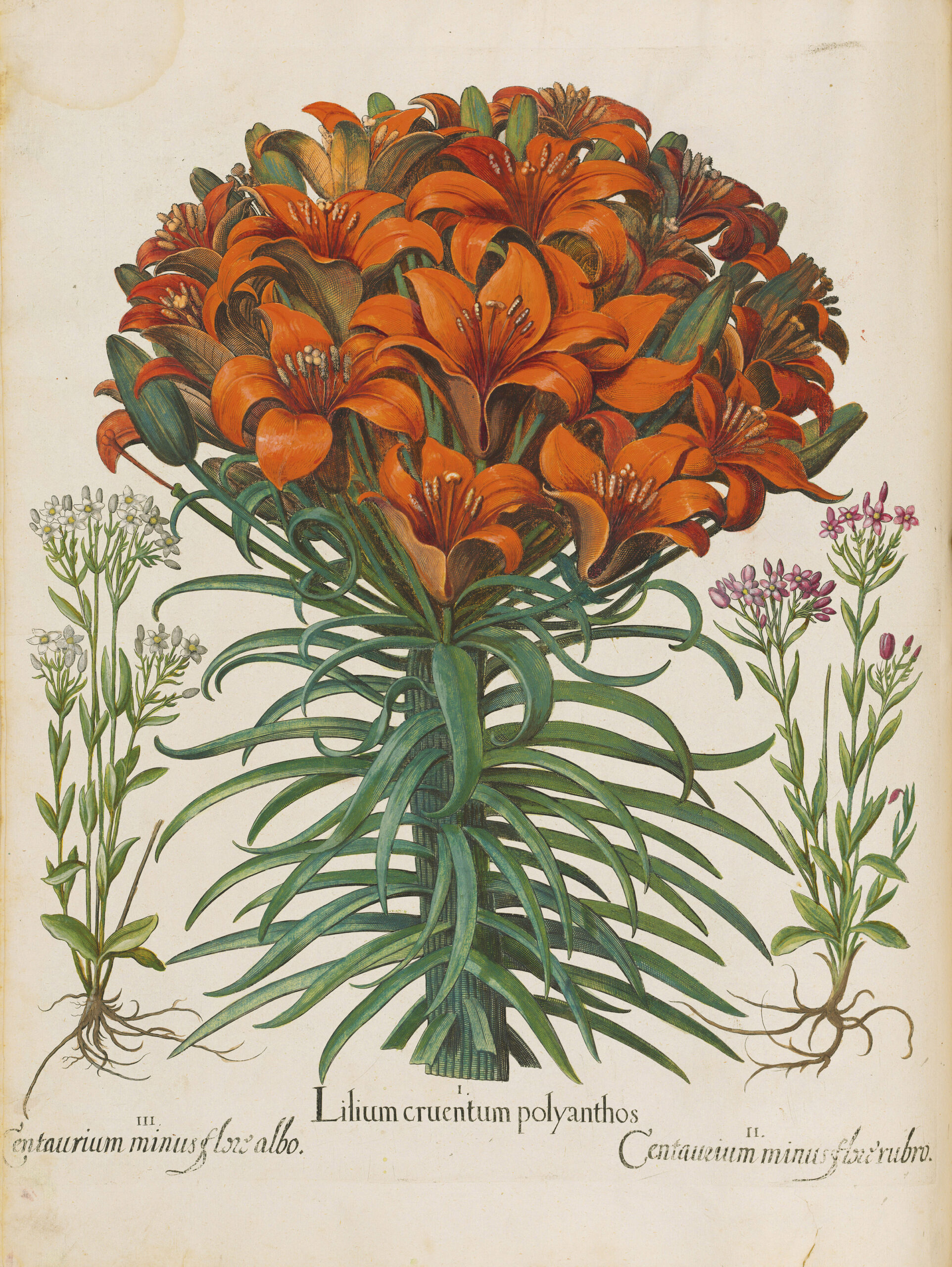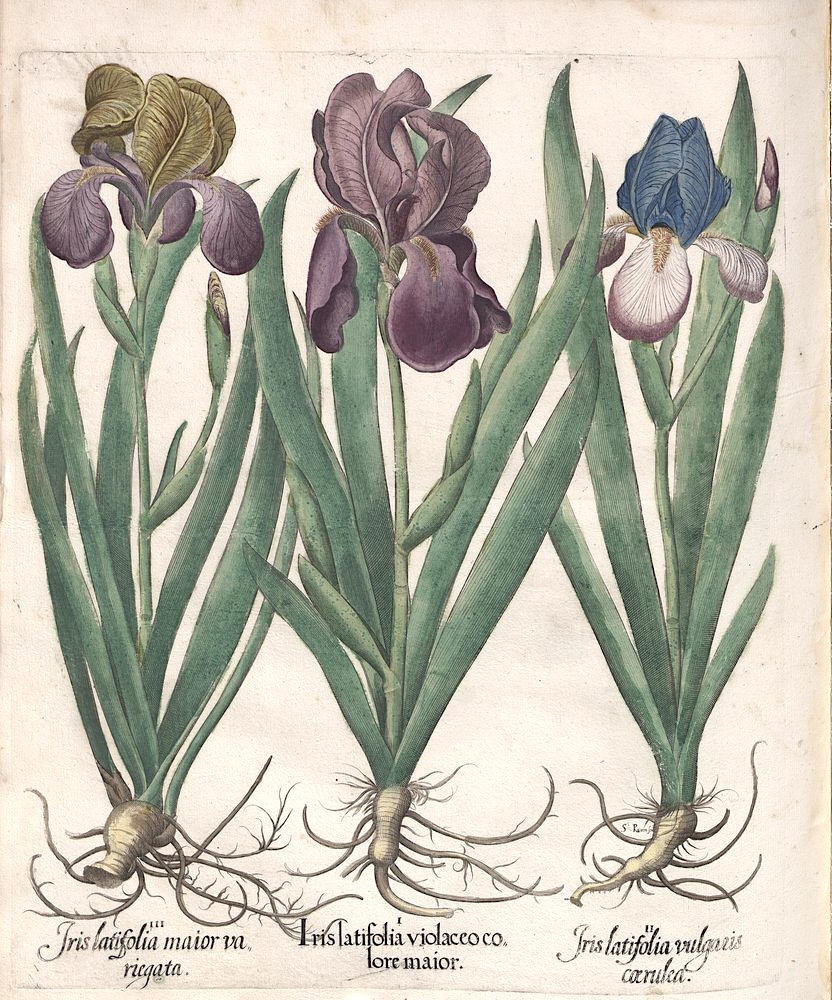Stalactites hang tight to the ceiling, and stalagmites push up with might from the floor: this is a mnemonic device you may once have learned, but chances are you haven’t had much occasion to remember it since. Still, it would surely be called to mind by a visit to Luray Caverns in the American state of Virginia, home of the Great Stalacpipe Organ. As its name suggests, that attraction is an organ made out of stalactites, the geological formations that grow from cave ceilings. Not long after the discovery of Luray Caverns itself in 1878, its stalactites were found to resonate through the underground space in an almost musical fashion when struck — a property Leland W. Sprinkle took to its logical conclusion in the mid-nineteen fifties.
“During a tour of this world-famous natural wonder, Mr. Sprinkle watched in awe, which was still customary at the time, as a tour guide tapped the ancient stone formations with a small mallet, producing a musical tone,” says Luray Caverns’ official site. “Mr. Sprinkle was greatly inspired by this demonstration and the idea for a most unique instrument was conceived.”
Conception was one thing, but execution quite another: it took him three years to locate just the right stalactites, shave them down to ring out at just the right frequency, and rig them up with electronically activated, keyboard-controlled mallets. For the technically minded Sprinkle, who worked at the Pentagon as a mathematician and electronics scientist, this must not have been quite as tedious a labor as it sounds.
The result was the biggest, the oldest (at least according to the age of the cave itself), and arguably the weirdest musical instrument on Earth, a lithophone for the mid-twentieth century’s heroic age of engineering. You can see the Great Stalacpipe Organ in the video from Veritasium at the top of the post, and hear a recording of Sprinkle himself playing it below that. In the video just above, YouTuber and musician Rob Scallon gets a chance to take it for a spin. Viewers of his channel know how much experience he has with exotic instruments (including the glass armonica, originally invented by Ben Franklin, which we’ve featured here on Open Culture), but even so, the opportunity to play a cave — and to make use of its surround sound avant la lettre — hardly comes every day. Here we have proof that the old, weird America endures, and that the Great Stalacpipe Organ is its ideal soundtrack.
Related Content:
A Modern Drummer Plays a Rock Gong, a Percussion Instrument from Prehistoric Times
Hear a 9,000 Year Old Flute—the World’s Oldest Playable Instrument—Get Played Again
Was a 32,000-Year-Old Cave Painting the Earliest Form of Cinema?
Based in Seoul, Colin Marshall writes and broadcasts on cities, language, and culture. His projects include the Substack newsletter Books on Cities and the book The Stateless City: a Walk through 21st-Century Los Angeles. Follow him on the social network formerly known as Twitter at @colinmarshall.
